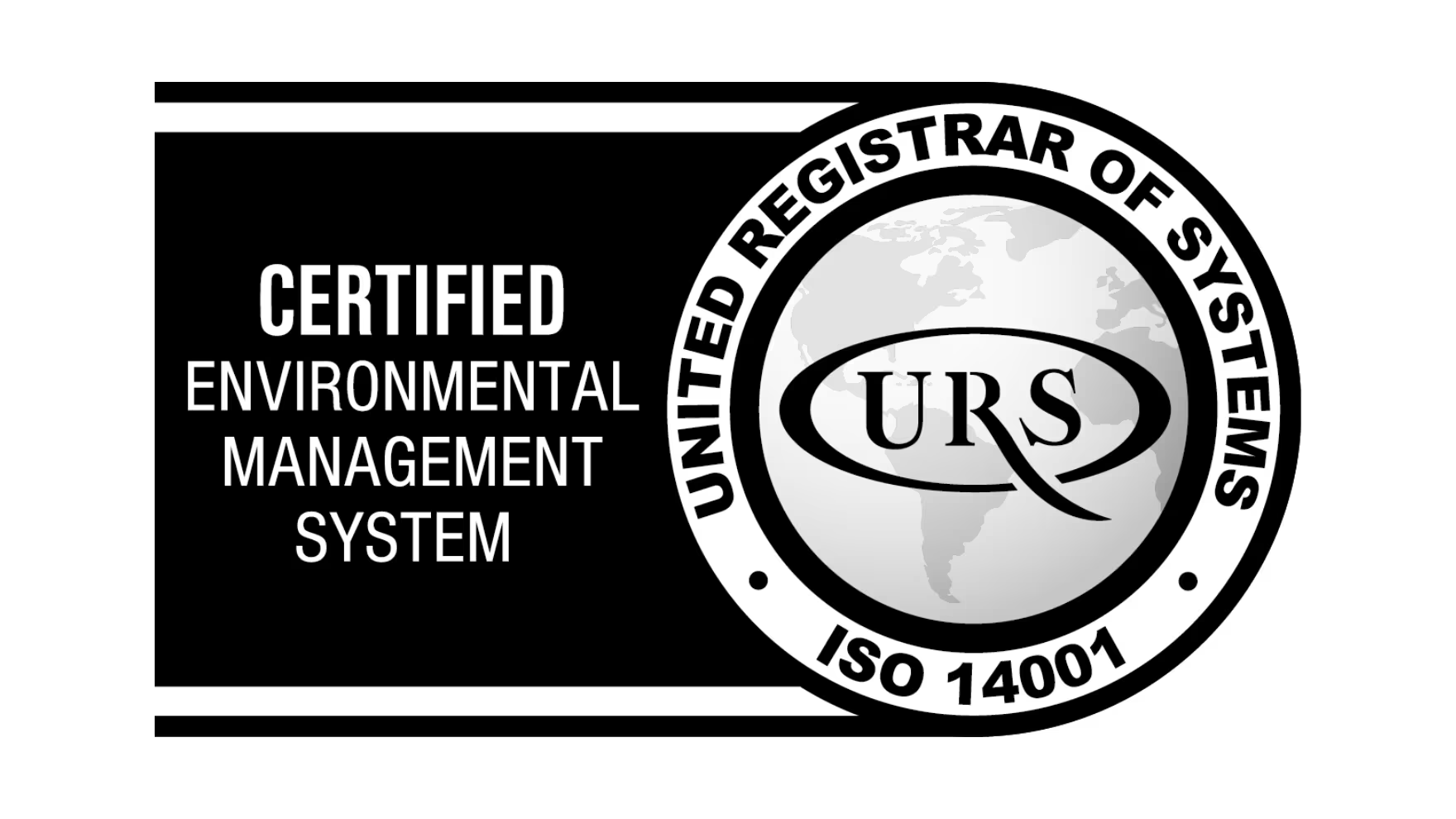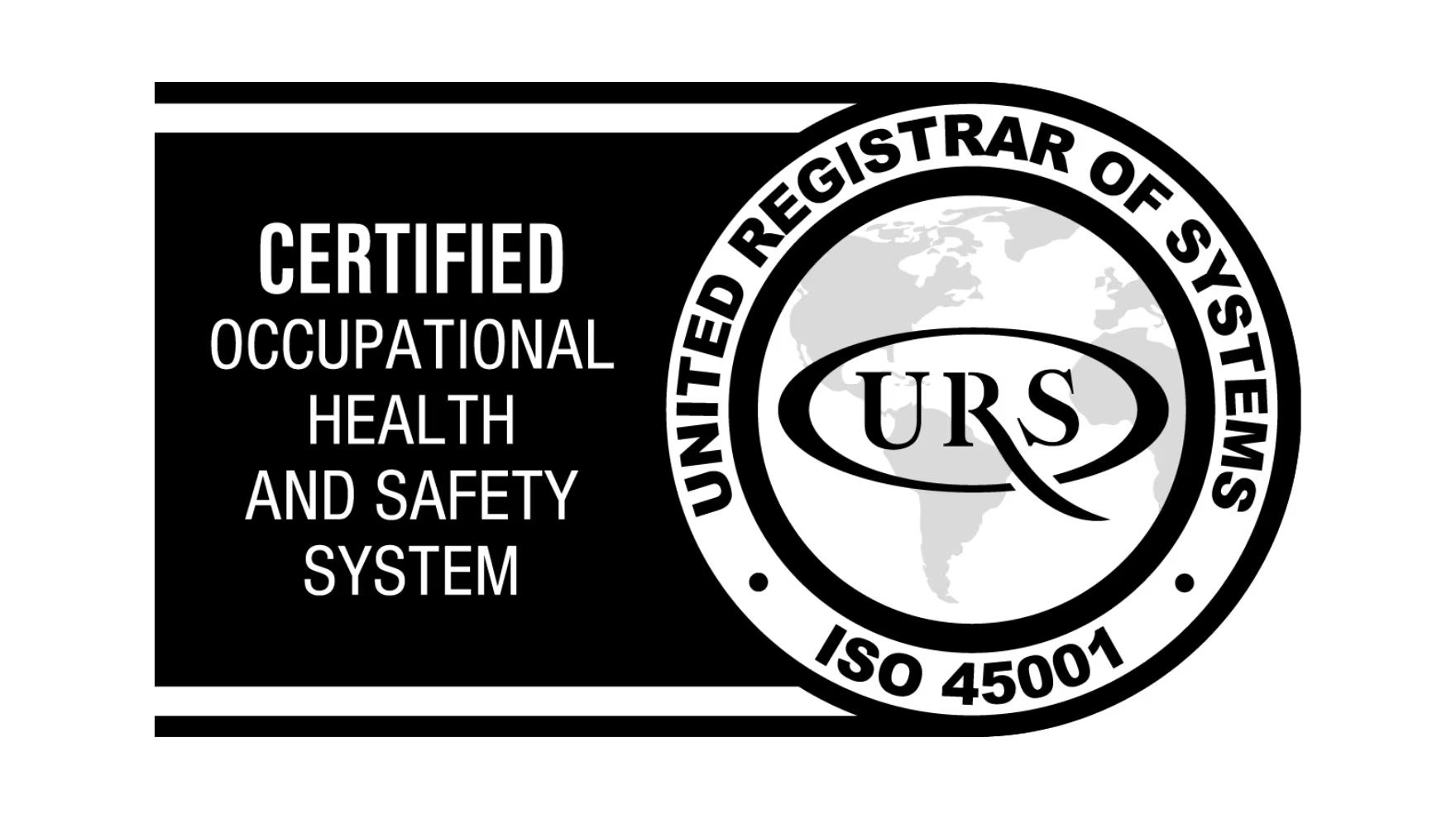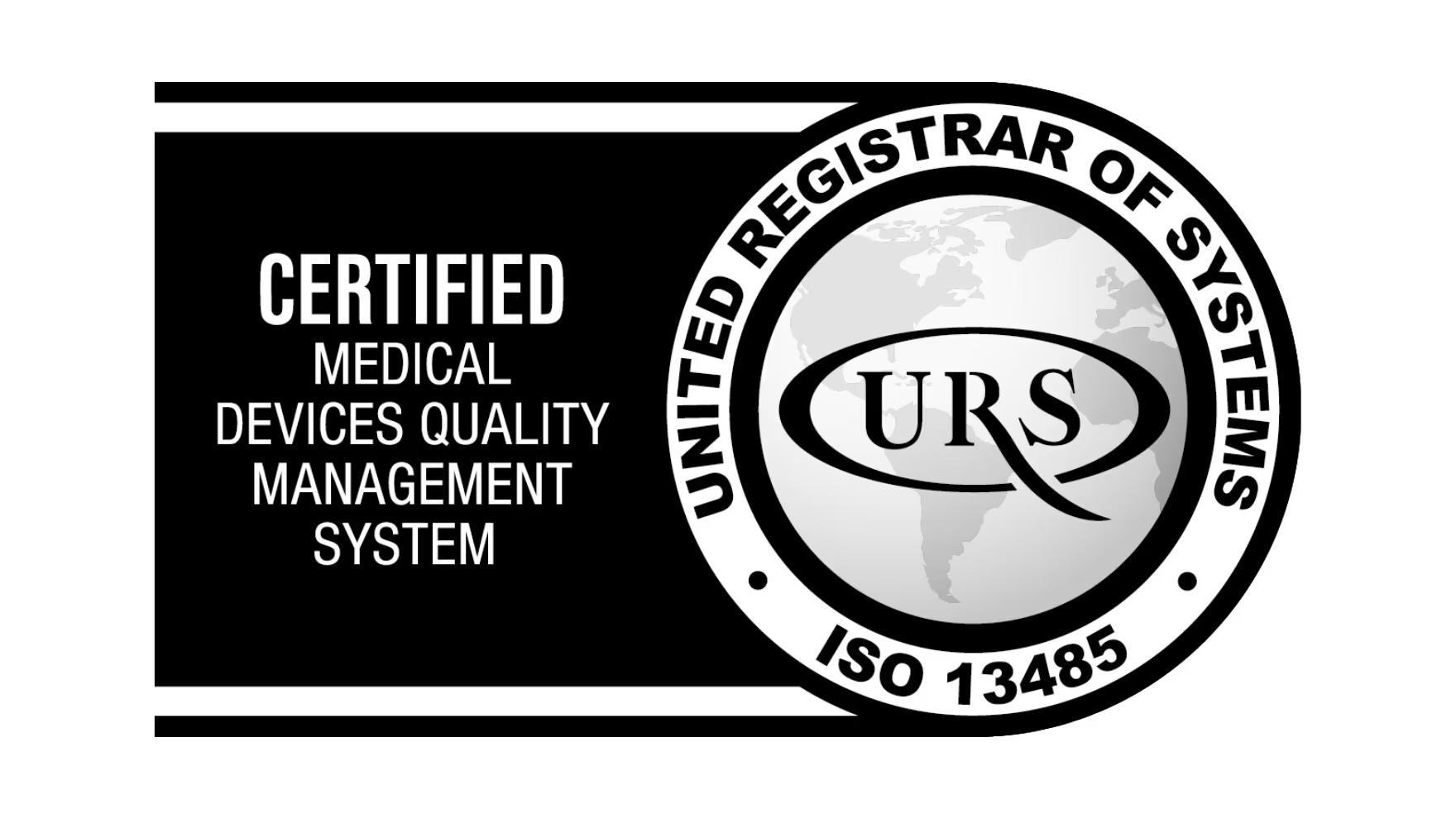


Medical Device Regulation (MDR).
Here you will find all Instructions For Use and Declarations of Conformity. You will also find all our Technical Templates which can be used for your own compliancy in your workshop.
Here you will find all Instructions For Use and Declarations of Conformity. You will also find all our Technical Templates which can be used for your own compliancy in your workshop.
MDR Suite – A source of information for Prosthetic & Orthotic Professionals
The aim of the new EU-wide and uniform regulations is to ensure patient safety and to enhance the quality of medical devices on the European market for the benefit of all. Manufacturers in particular are facing major challenges, as the implementation of the new requirements involves high effort and costs. The extent to which the changes arising from those regulatory replacement affects your business depends on the role you hold.
This website focuses on the new Medical Device Regulation 2017/745 (MDR) for manufacturers of custom-made devices. This new Medical Device Regulation 2017/745 (MDR) will play a significant role of patient care providers that create products like prosthetics, orthotics or wheelchairs. Creating prosthesis or orthosis is patient specific and therefore requires special documents which this website can help provide as information or as a template. This website will not take over your responsibility or liability, but we can offer support to be compliant to the Medical Device Regulation 2017/745 (MDR).
URS Certificates.

URS Certificate: ISO 14001

URS Certificate: ISO 45001

URS Certificate: ISO 13485
3 results out of 3
Relevant Economic Operators.
For an overview of the different roles and responsibilities, the corresponding definitions, subcategories and further information are found below. The person responsible for regulatory compliance (PRRC) in particular is examined in detail.
The names and roles for the Quality Management Core Board for the UK and Ireland are as follows:
Andrew McLean: Sales & Marketing Director
Email: Andrew.mclean@ottobock.com
Russell Pizzey: Regulatory Affairs & QMS Manager
Email: Russell.pizzey@ottobock.com
Mohammed Waqaar: Quality Assurance & Environmental Systems Manager, PRRC (Article 15, MDR) UK
Email: Mohammed.waqaar@ottobock.com
Micheal Whelan: Systems Quality Manager, PRRC (Article 15, MDR) Ireland
Email: Michael.whelan@ottobock.com
Paul Meach: Health and Safety Manager, UK & Ireland
Email: Paul.meach@ottobock.com
Appointment of the PRRC
The appointment of the PRRC must be made in writing. Depending on your role as economic operator, you can select the respective template for the appointment letter here.
Letter of appointment for Authorised Representatives
Letter of appointment for Manufacturers
Letter of appointment for Manufacturers of custom-made devices
3 results out of 3
Find out your role!
The prerequisite for implementing the MDR requirements is the correct understanding of the economic operators. It is therefore necessary that you can assign yourself and your patient care activities to one or more roles described by MDR. This decision tree will help you to do so. You need only answer a few questions to see the appropriate role or the economic operator to which you are assigned.

Download the decision tree here!
1 results out of 1
Are you already well prepared?
At some point you will reach the moment where you say:
"We have revised all necessary existing processes or even introduced new processes and are now well established."
In order to remove the last uncertainties you may still have, we provide you with a compliance checklist that you can use to check whether you have really thought of everything. It is easy for something, even a small detail, to be forgotten. And that would be very unfortunate, considering the work you and your team have put into implementing this project.
Select your role to find out the respective requirements
Download your compliance checklist here!
Here you find three lists that can be used for self assessment. Please note that if you are acting in the role of different economic operators, several checklists are relevant for you.
MDR – Compliance Checklist Manufacturer of custom-made medical devices
3 results out of 3
Documentation Effort
The documentation effort depends on the activity that is performed and thus on the role that you as a patient care provider currently hold. We have compared the documentation effort for three selected economic operators.
Manufacturer of serial-produced medical device | Manufacturer of custom-made medical device | System-Producer |
|---|---|---|
Obligations for manufacturers of MD | Obligations for manufacturers of CMD | Documentation acc. Article 22 (2) |
Documentation acc. Annex II & III | Documentation acc. Annex XIII Section 2 | Statement acc. Article 22 |
Declarations of Conformity | Statement acc. Annex XIII | |
CE marking of conformity | ||
Determine Basic UDI-DI | ||
Register in EUDAMED |
Helpful Links.
Here you can some helpful links to guide you through our resources and support.
Frequently Asked Questions
We take the questions of the affected patient care providers seriously and compile them here. Do you have any other questions? Find the answer you are looking for here!
Glossary
The glossary provides definitions of the most important terms specified in the MDR. It is not necessary to look up terms in the legal text of the MDR – find the definitions and explanations you need here.